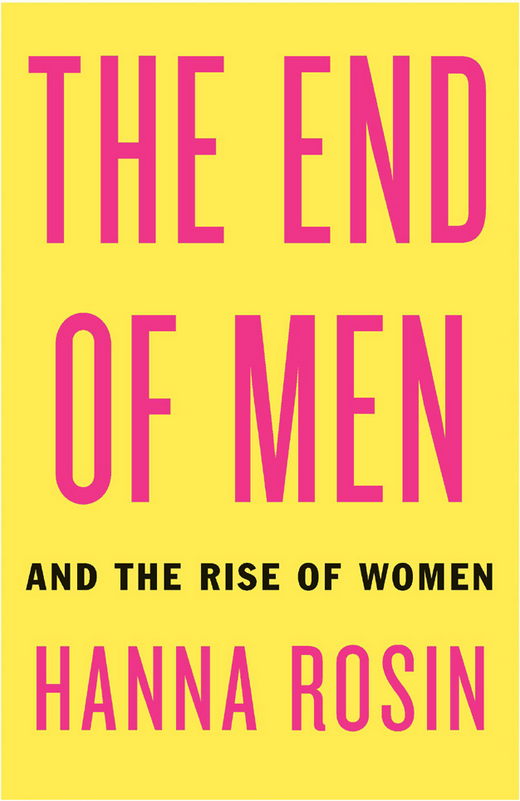The End of Men?
- Post by: Julia Shaw
- January 9, 2013
The End of Men: And the Rise of Women Hanna RosinRiverhead Books, 2012; 320 pages, $27.95 Despite the title of Hanna Rosin’s book, The End of Men is clearly written from the standpoint of women. Men as a sex are languishing: they do not complete college, are not working full-time jobs, and, with the economic downturn of the past four years, their prospects look bleak. By contrast, women are flourishing. The modern economy was made for them. By exploring how women came to dominate in this economy and society, Rosin hopes to show men how they, too, can succeed. At the heart of Rosin’s analysis is the distinction between “plastic woman” and “cardboard man.” Plastic woman is succeeding; cardboard man, failing. Plastic woman’s chief virtue is flexibility. Over the last century, she has gone from “barely working at all to working only until she got married to working while married and then working with children, even babies.” Cardboard man is utterly inflexible. He clings to the old ways: “A century can go by and his lifestyle and ambitions remain largely the same.” He is still looking for that manufacturing job, even though the factory closed down years ago. He desires to work and hopes to demonstrate his manliness as provider and protector, but women have all the money and power. The End of Men is a tour through the new life of the plastic woman, how she succeeds, and what cardboard man should learn from her. Plastic woman pursues opportunities and is not limited to any antiquated notions of womanliness: “If a space opens up for her to make more money than her husband, she grabs it. If she is no longer required by ladylike standards to restrain her temper, she starts a brawl at the bar. If she can get away with staying unmarried and living as she pleases deep into her thirties, she will do that too. And if the era calls for sexual adventurousness, she is game.” But first, she pursues sex. “To
Categories:

